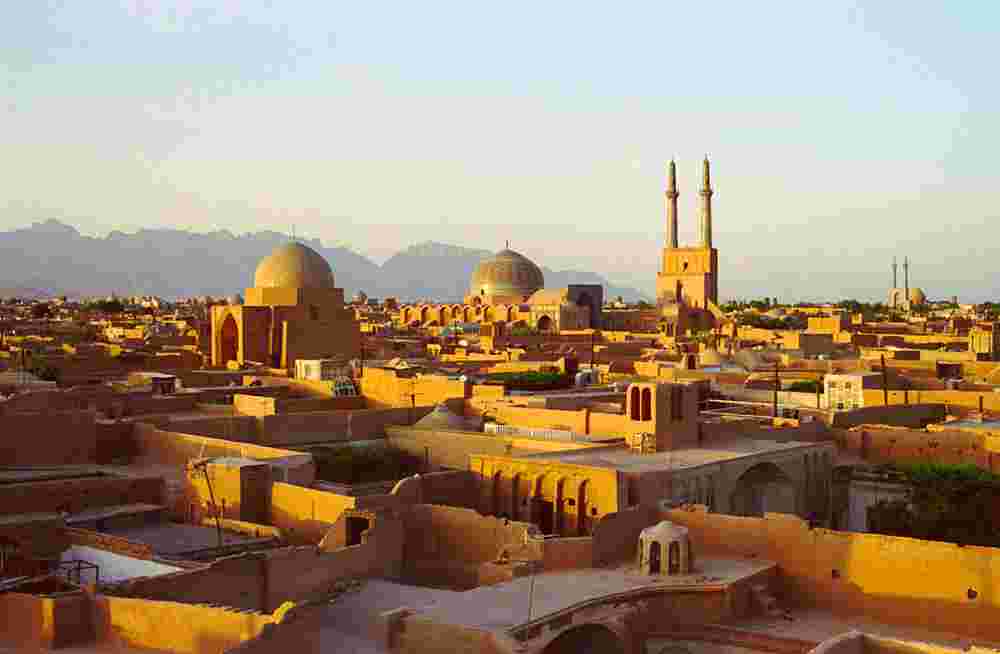India is a secular country and has always been so. India has always been open to adapting cultures and cuisines that the travellers brought with them. One such adaption was of the Persian cuisines. Persia and India have had a long history together. The uses of tandoor and spices in India is said to be a gift from the Persia. Many Persian cuisines travelled to India to became integral part of Indian cuisine, so much so that they lost their Persian roots. These are some cuisines that are originated in Persia but are now called Indian.
Kebabs
During the month of Ramadan the streets are filled with the kebab aroma in the air. Even during weddings or monsoons a mouthwatering kebab can make your day. India has embraced the kebabs so well that a City almost became synonymous with the kebabs they serve, Yes the lip-smacking, taste bud tickling Lucknow’s very own tuned kebab. The kebabs are not indigenous to India; they have journeyed their way from the medieval Persian kitchens. The Persians barbecued smaller chunks of meat, ground meat over a fire. The word kebab is said to originate in the 17th century, in Arabic and Persian texts. Kebabs were also a favorite of the royals of Delhi Sultanate (1206-1526 AD). The Delhi sultanate played a very important part in making this Persian delicacy integral part of the Indian cuisine.
Biryani
One of the most popular dishes rice dish of India made in many forms, Chicken Biryani, mutton Biryani, Egg Biryani, sea food Biryani, Veg Biryani and the list can go on. The origin of this dish can be traced to the era of Persian invaders were colonizing and invading other territories. The word Biryani originates from Persian word ‘birian’ which means fried before cooking. The Persian invaders started with a small army and started to increases their strength by acquiring colonies. During the invasion voyages, it was very difficult to get a proper meal and give the army complete nourishment, In order to give proper protein and complete nourishment. The Persian army figured out a one-pot dish wherein meat, rice, spices were all cooked together as a solution to quick, easy and nutritious dish. This resulted in the invention of Biryani. This innovation spread throughout the Persian colonies and became the dish it is today.
Samosa
On a rainy day mouth-watering samosa and steaming cup of chai will make your day. The crisp golden triangular dumplings stuffed with spiced potatoes will certainly make you crave for more. The original samosa was crescent shaped and was called ‘sanbosag ‘in Persia, which later became samosa. According to ancient recipe of samosa the stuffing was initially of minced meat, and then came the popular potatoes version which became a favorite instantly. 9th-century Persian poet Ishaq al-Mawsili has glorified this delicacy in his poems. This travelled with the Delhi sultanate and moguls to India. Amir Khusro (1253–1325) the royal poet of Delhi sultanate describes the samosa prepared from meat, ghee, onion. Ibn Battuta a 14th-century traveler describes having samosa, or otherwise called ‘Samushak’ , to be served before the third course, of pulao, made with minced meat, almonds, pistachios, walnuts, and spices at a meal at the court of Muhammad bin Tughluq. The Ain-i-Akbari also mentions samosa.
Gulab Jamun
This classic melt-in-mouth Indian desert is relished in parties, festivals and weddings and perfect for any occasion. This soft and moist deep fried sweet dough is dipped in sugar syrup and is eaten warm or cold. It is also relished with creamy Rabdi on top. This desert is said to have originated in Persia as luqmat al-qadi. Made of deep fried dough balls soaked in honey or sugar syrup, in around the 13th century. As per some scholars the word Gulab has entomologically comes from roots ‘Gul’ (rose flower) and ‘Ab’ (water), because it has an aroma of rose water-scented syrup. And because the balls are plum sized it is called “Gulab Jamun” or “rose scented plums”. This desert was also a favorite of Mughal emperor Shah Jahan.
Falooda
Falooda is one of the most popular indulging drinks made from vermicelli and few other ingredients. In every street you will find many vendors selling this drink during the holy month of Ramadan. This desert is made from mixing rose syrup, vermicelli, basil seeds and jelly with milk; it is often topped with ice cream. This drink is equal to a meal in itself. This drink originated in city of Shiraz in Persia. The word ‘Falooda’ comes from the Persian verb ‘Paloodan’, which means to refine. This dessert traveled to India with the many Muslim merchants and dynasties in the 16th to 18th century and became merged with Indian cuisine.


